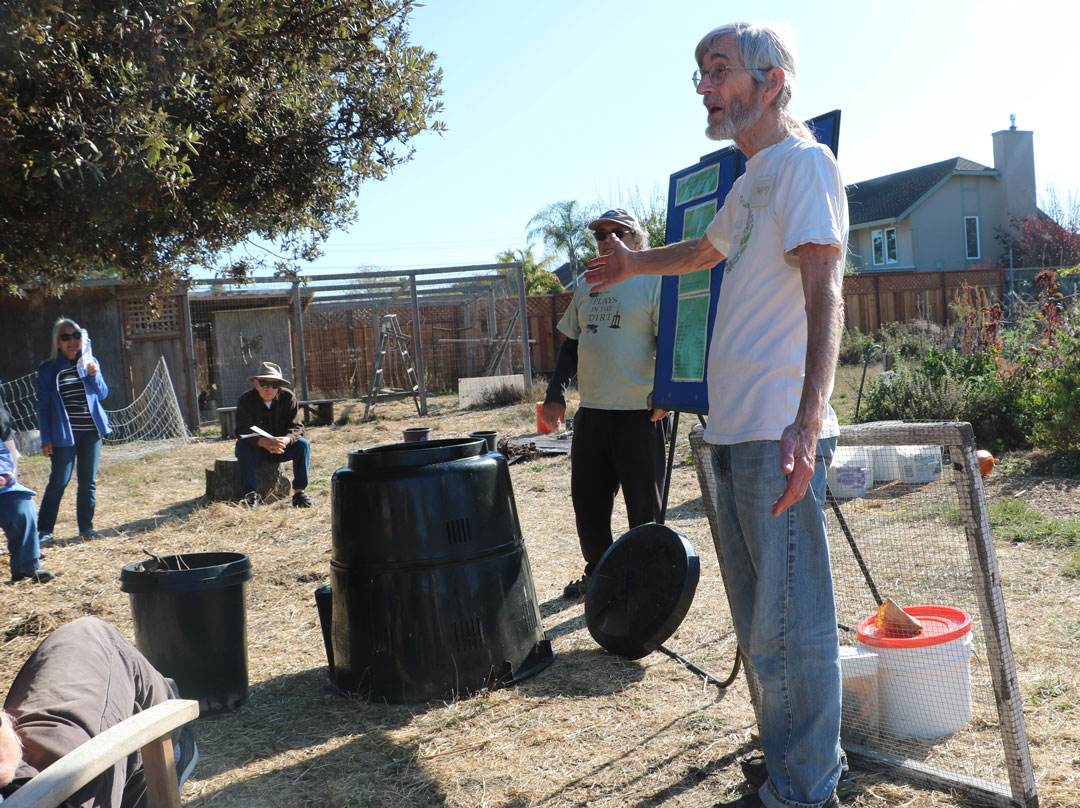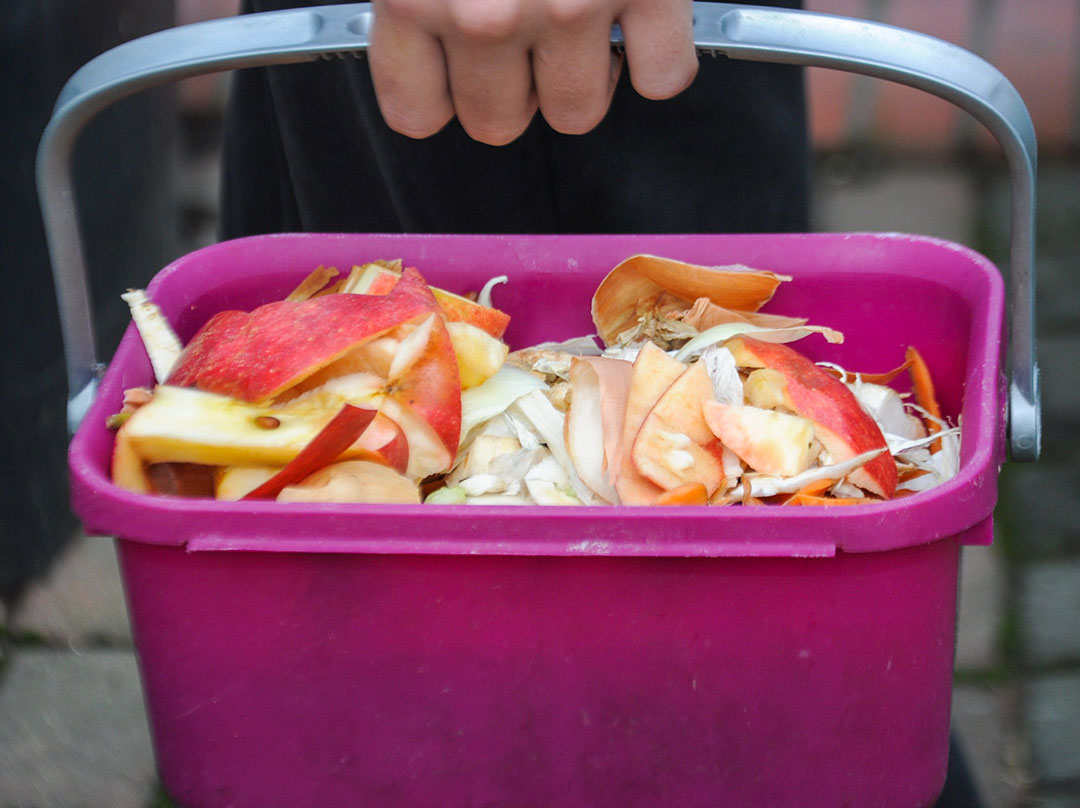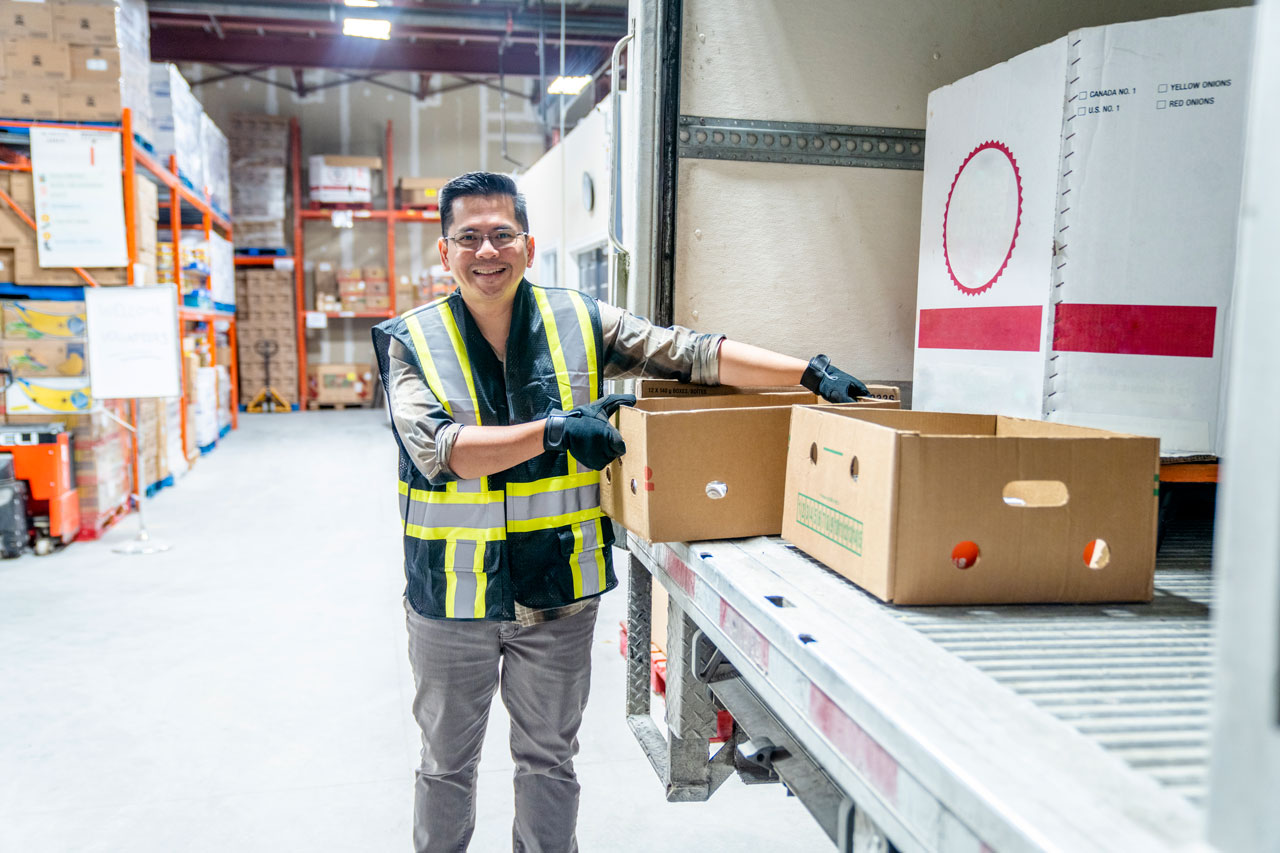End Food Waste
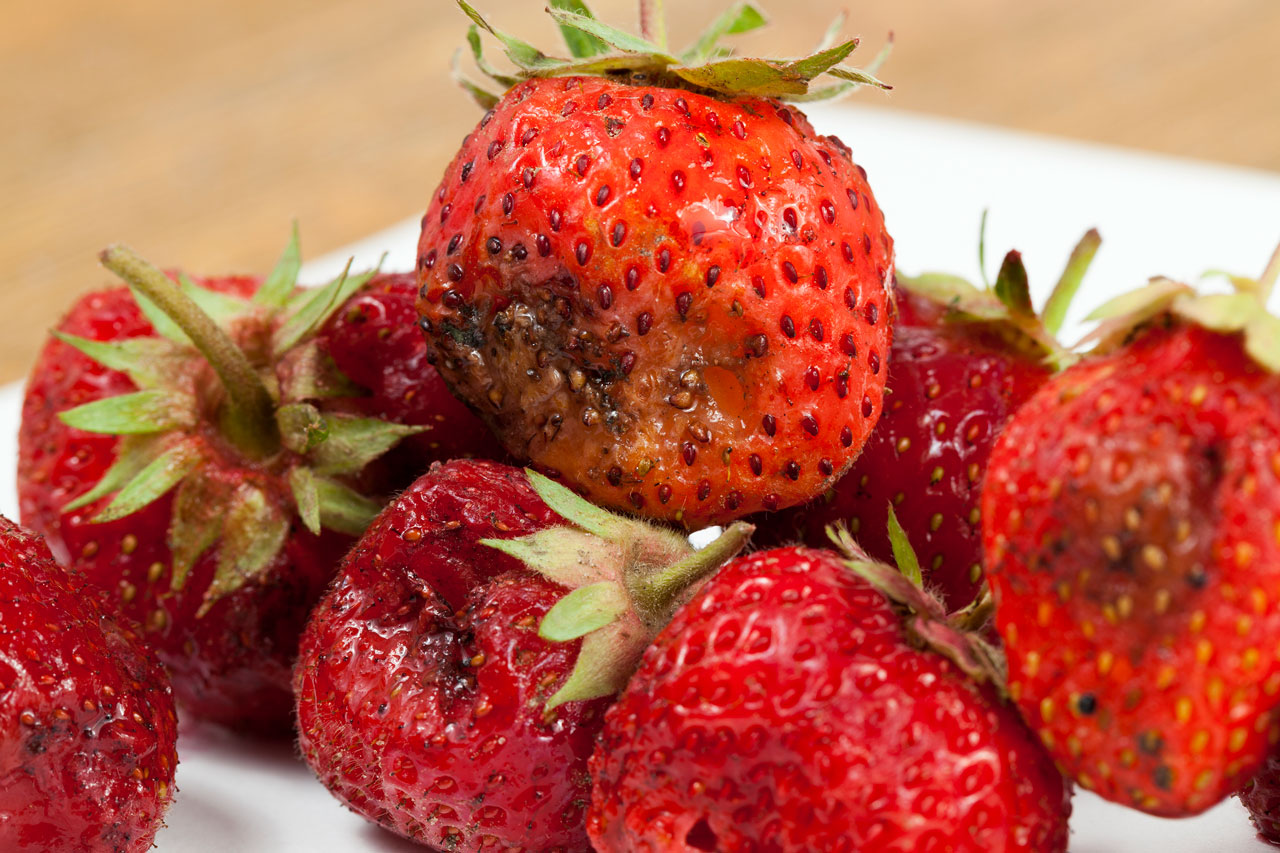
How big is the food waste problem in America?
40% – Forty percent of food in America is wasted.
25% – Twenty-five percent of the food we each buy never gets eaten.
90% – Ninety percent of us throw away food too soon.
300 lbs. – Each of us tosses nearly three hundred pounds of food each year.
$1,500 – The average family of four throws out $1,500 of food annually.
Wasted food also wastes the energy and water used to create it, and the fuel and money used to bring it from the farm to your table. Rotting food in our landfills creates methane gas, a powerful greenhouse gas. The stakes are high, but preventing food waste is one of the easiest ways we each can actively combat climate change. Outlined here are some ways you can help!
Plan
Plan meals and make a list of the ingredients you need. Remember to shop your fridge and pantry first to see what you already have. This takes the stress out of shopping and meal prep time trying to figure out what to buy and make. If you’re hosting a dinner or party and are not sure how much to buy, try a food-planning tool like this dinner party calculator.
Shop
Stick to your list! Avoid those impulses. It’s not a bargain if it will go bad before you can enjoy it, and you’re less likely to throw out food if you already have a plan to use it.
Prep
Prep foods shortly after bringing them home. Things like raw vegetables and fresh fruits are more likely to be grabbed as snacks if they’re ready to go. Having prepped ingredients makes it easy to make healthy, tasty meals on a busy work night.
Store
Storing food properly can keep it fresh longer. Knowing what dates stamped on food mean can also help you keep from throwing out food and drinks while they’re still perfectly good to consume.
Use your freezer! When you make a batch of sauce or a big pot of soup (an excellent way to use things up), store it in serving-sizes for quick meals on the go. Break up bulk packages of meat into meal-size portions. Learn how long things can keep in your freezer with the Food Keeper app.
Store cut herbs and asparagus just like flowers – in water, in your fridge. Don’t wash berries until you’re ready to eat them – store them in an airtight container with a dry paper towel. For more food storage tips to help keep food fresher longer, check out www.SavetheFood.com and www.StopFoodWaste.org
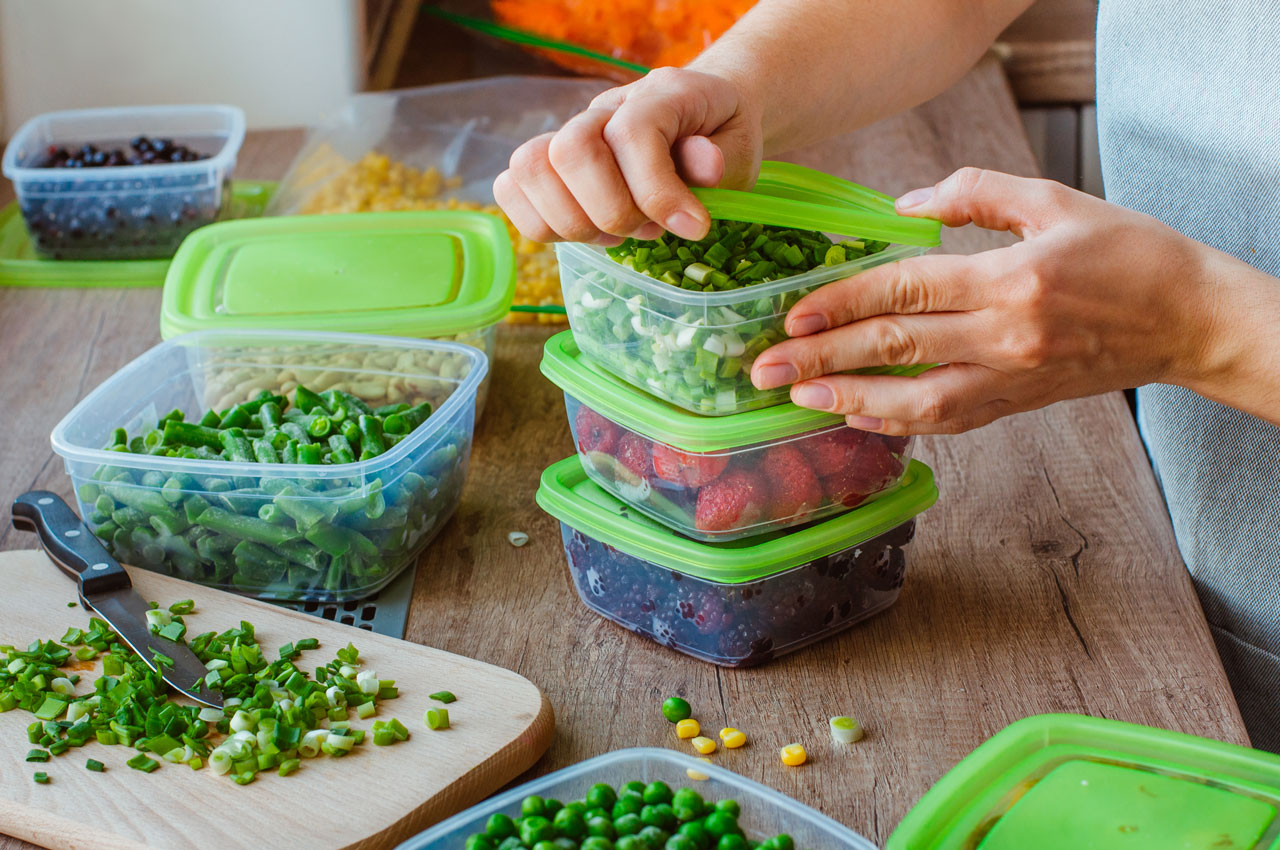
Store
Storing food properly can keep it fresh longer. Knowing what dates stamped on food mean can also help you keep from throwing out food and drinks while they’re still perfectly good to consume.
Use your freezer! When you make a batch of sauce or a big pot of soup (an excellent way to use things up), store it in serving-sizes for quick meals on the go. Break up bulk packages of meat into meal-size portions. Learn how long things can keep in your freezer with the Food Keeper app.
Store cut herbs and asparagus just like flowers – in water, in your fridge. Don’t wash berries until you’re ready to eat them – store them in an airtight container with a dry paper towel. For more food storage tips to help keep food fresher longer, check out www.SavetheFood.com and www.StopFoodWaste.org
Use It Up
Have a place in the refrigerator for “EAT FIRST” foods. Make a habit to go there first for snacks, and plan to use those items before they go bad.
If you find yourself with leftovers or ingredients that you aren’t sure how to prepare, try a handy app like Handpick or others that provide recipes based on ingredients.
Use up your Thanksgiving (and other) leftovers with great recipes from Jamie Oliver and from other famous chefs on Food Network’s website.
Donate
Order too much food, have a bumper crop in the garden this year, or just make too much? Keep it out of the landfill, and fill a need instead. Thanks to the Good Samaritan Act of California, businesses, restaurants, and good faith donors can now donate unused food to local food banks, nonprofit organizations, or directly to individuals without liability.
Food Bank for Monterey County
Donate
Order too much food, have a bumper crop in the garden this year, or just make too much? Keep it out of the landfill, and fill a need instead. Thanks to the Good Samaritan Act of California, businesses, restaurants, and good faith donors can now donate unused food to local food banks, nonprofit organizations, or directly to individuals without liability.
Food Bank for Monterey County
Rot It
Create compost to get the most out of remaining food scraps and create nourishing soil amendment for your yard and garden. Use your local curbside food scrap collection service or compost at home. These organizations offer free composting workshops to local residents to help you get started:
Businesses
California’s SB 1383 requires businesses to participate in food scrap and organics collection program. Food-generating businesses like restaurants, grocery stores, schools, hotels, etc. will also be required to collect and donate edible food. Please contact your waste and recycling collection service provider for help in getting started.
MealConnect – Food donation pickup and delivery program
MEANS Database – Non-profit food rescue
Thank you for doing your part!
Businesses
California’s SB 1383 requires businesses to participate in food scrap and organics collection program. Food-generating businesses like restaurants, grocery stores, schools, hotels, etc. will also be required to collect and donate edible food. Please contact your waste and recycling collection service provider for help in getting started.
MealConnect – Food donation pickup and delivery program
MEANS Database – Non-profit food rescue
Thank you for doing your part!

